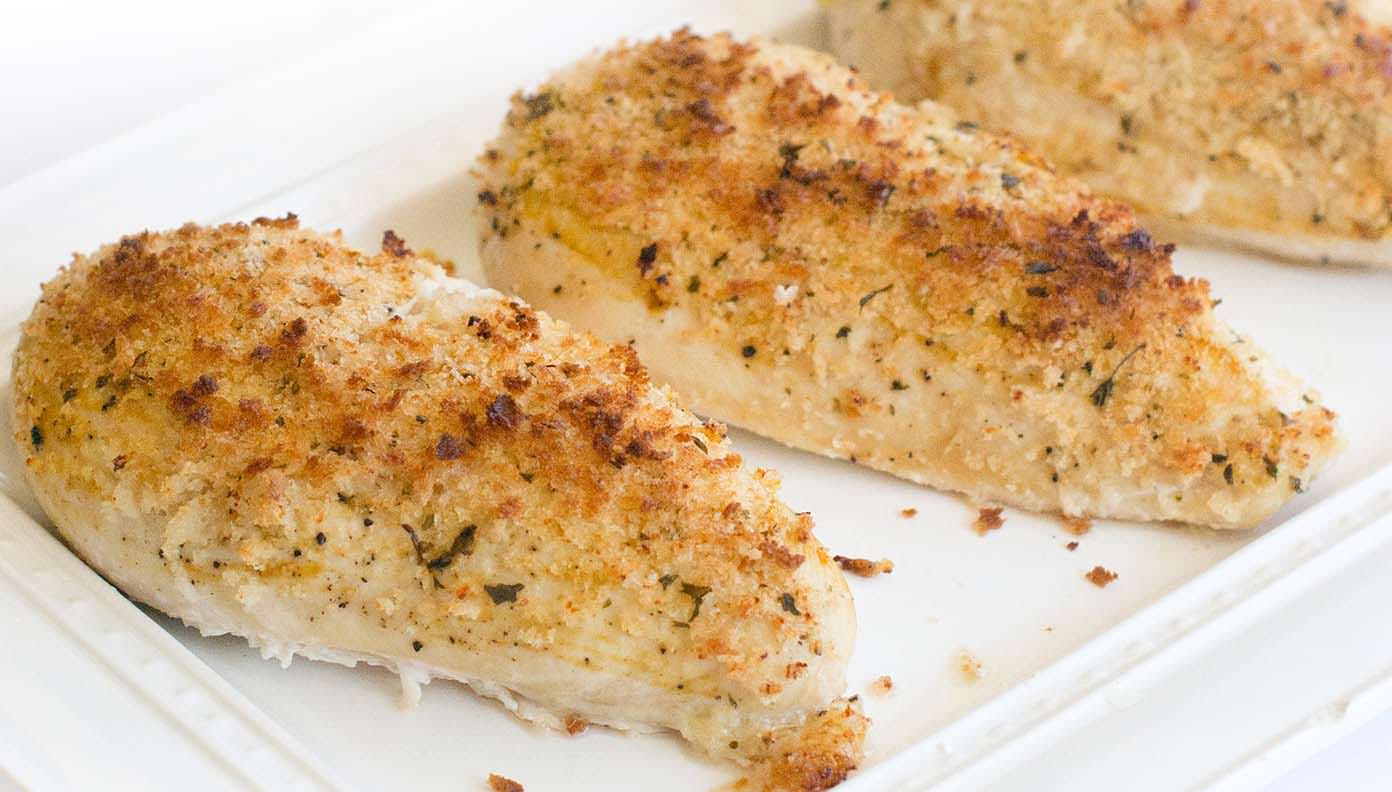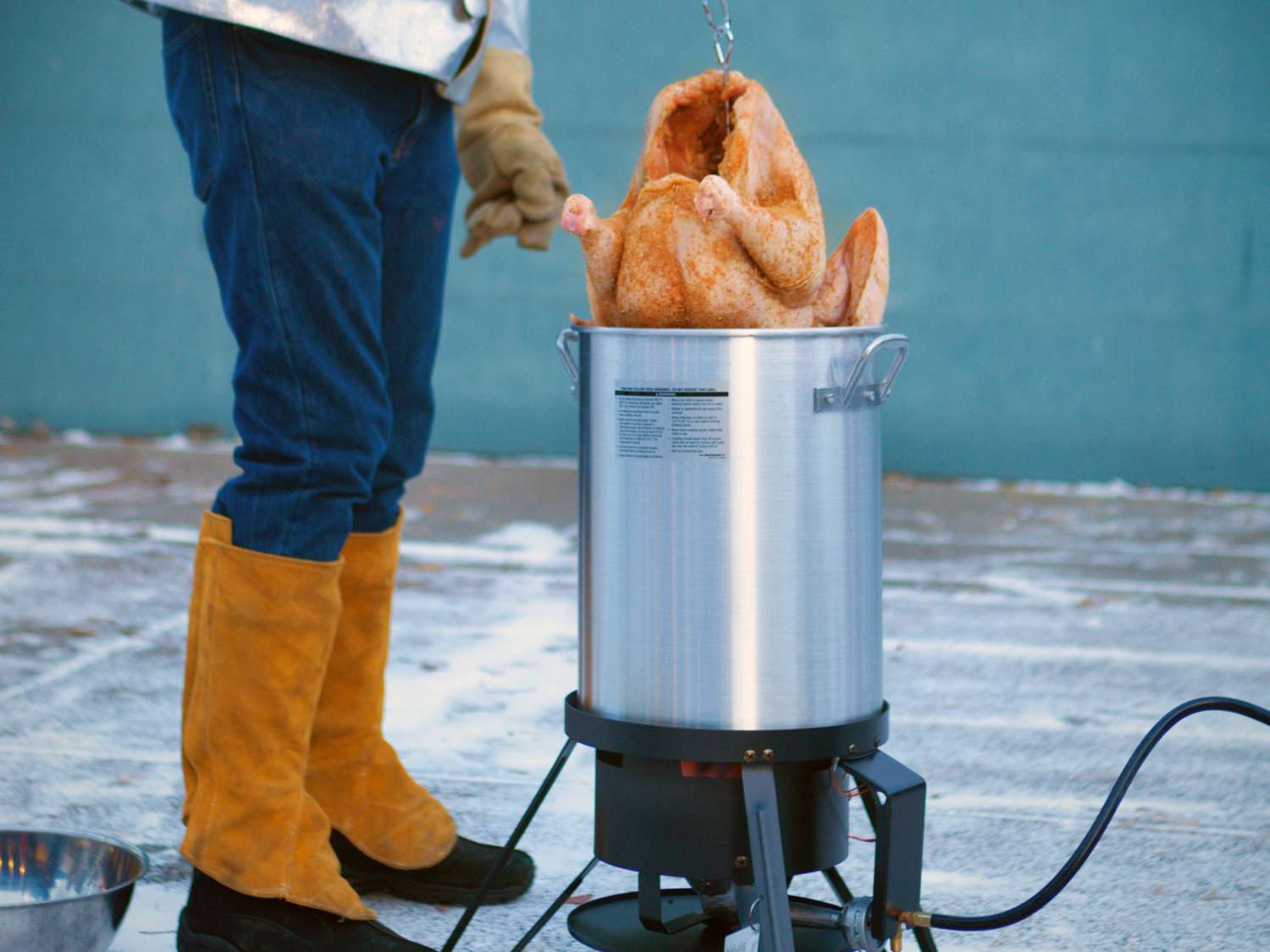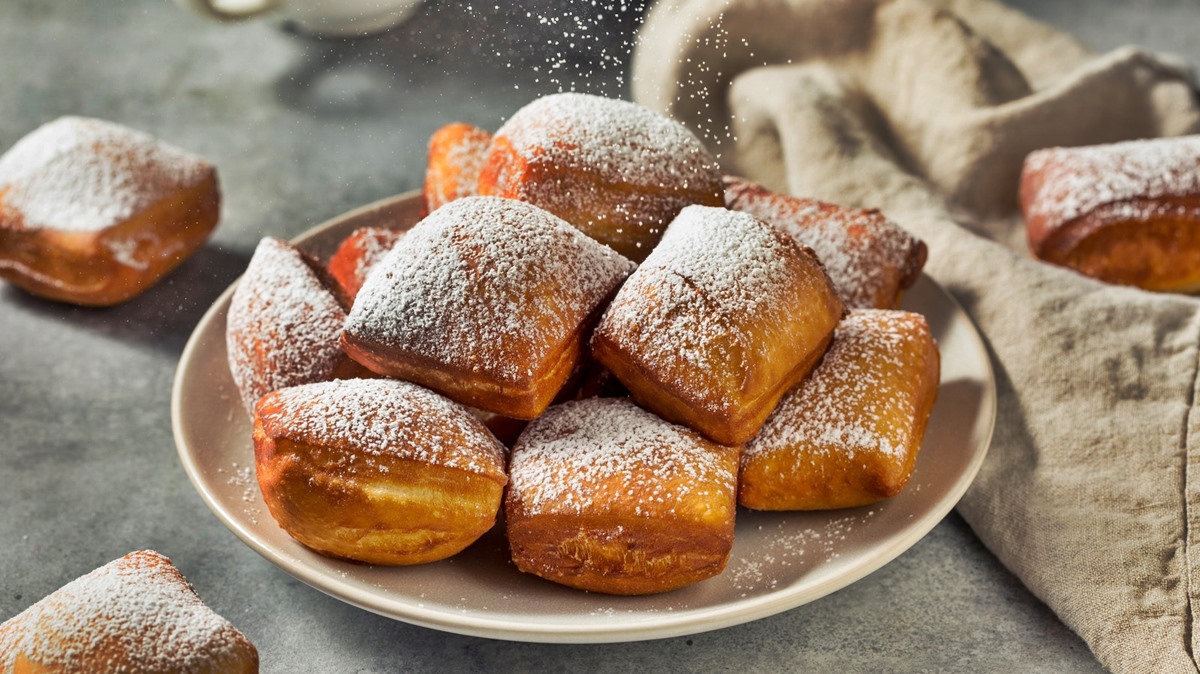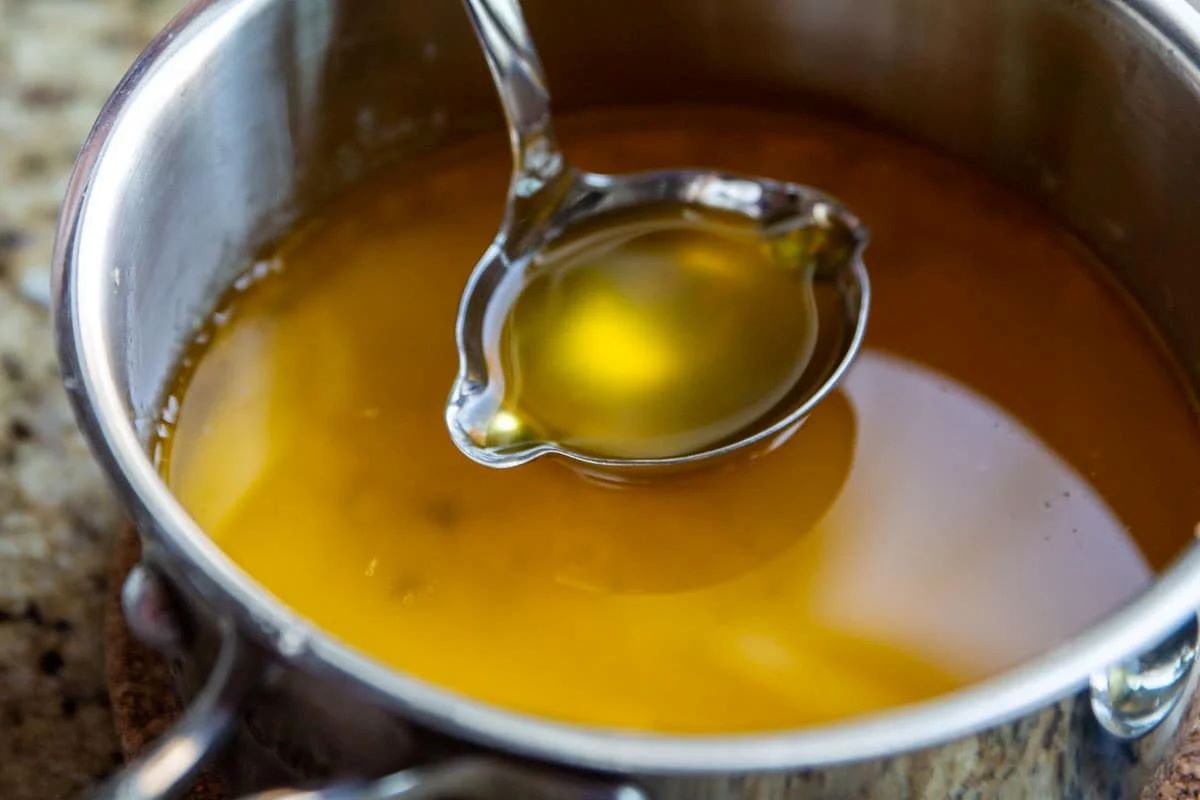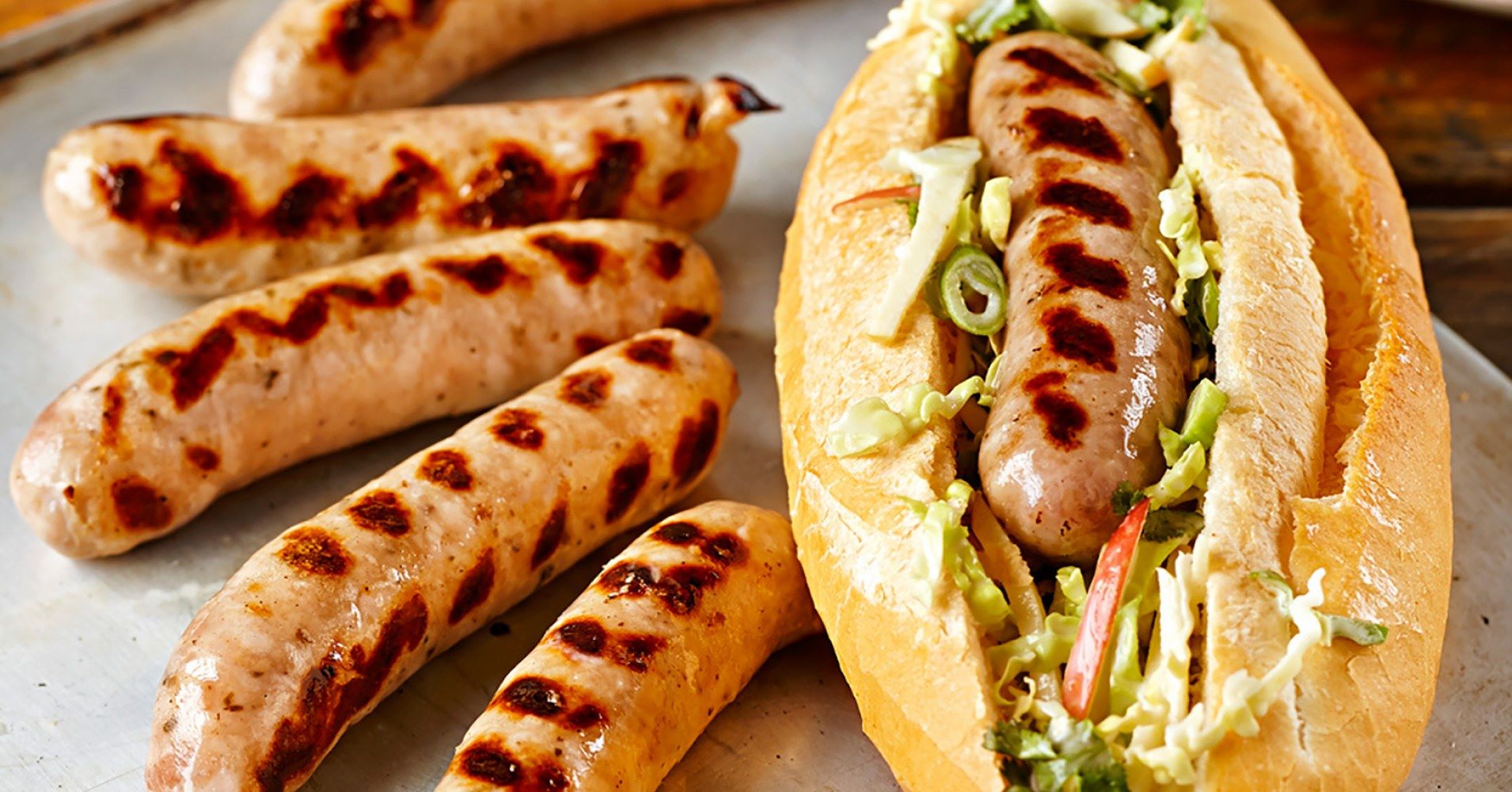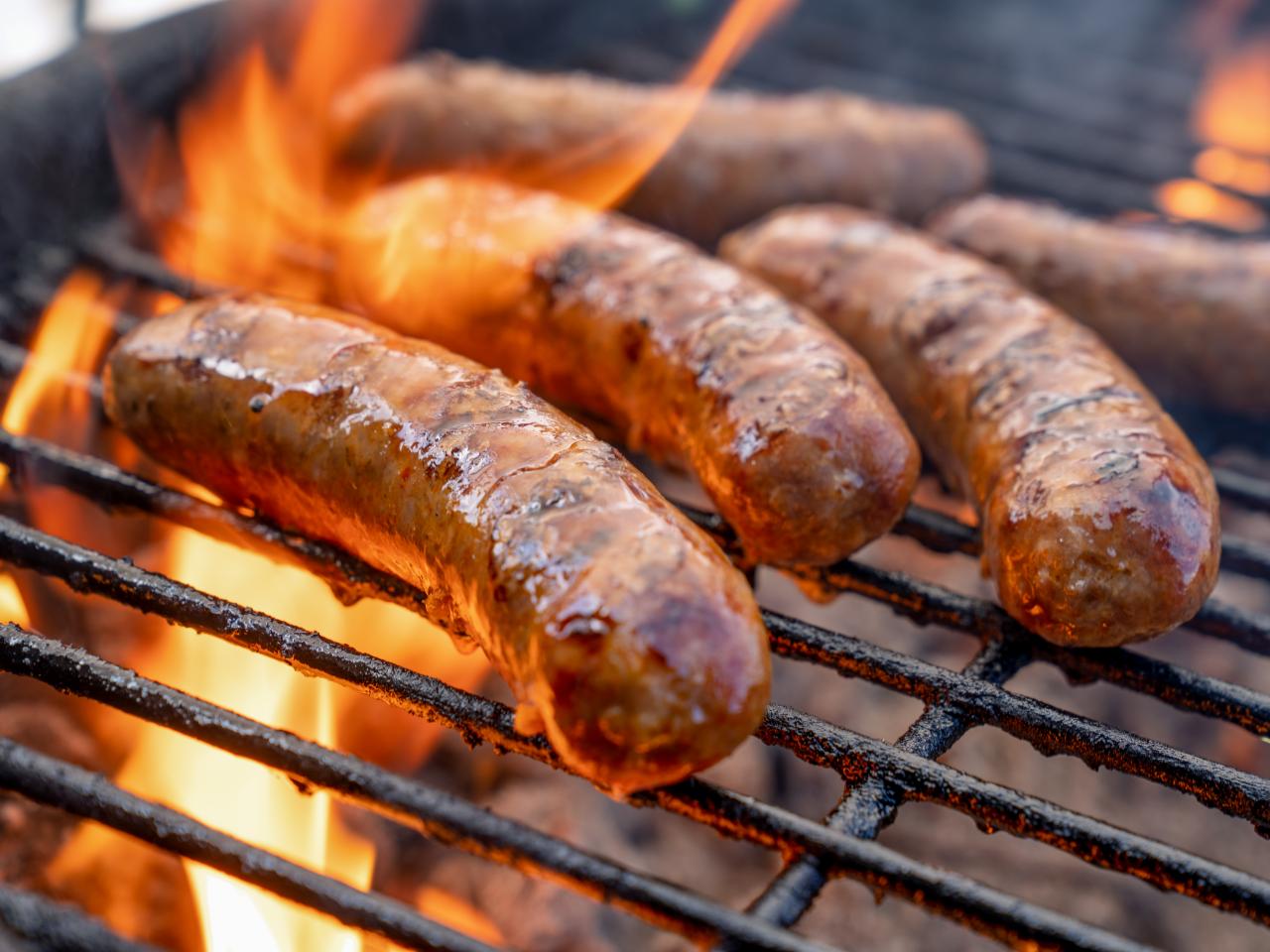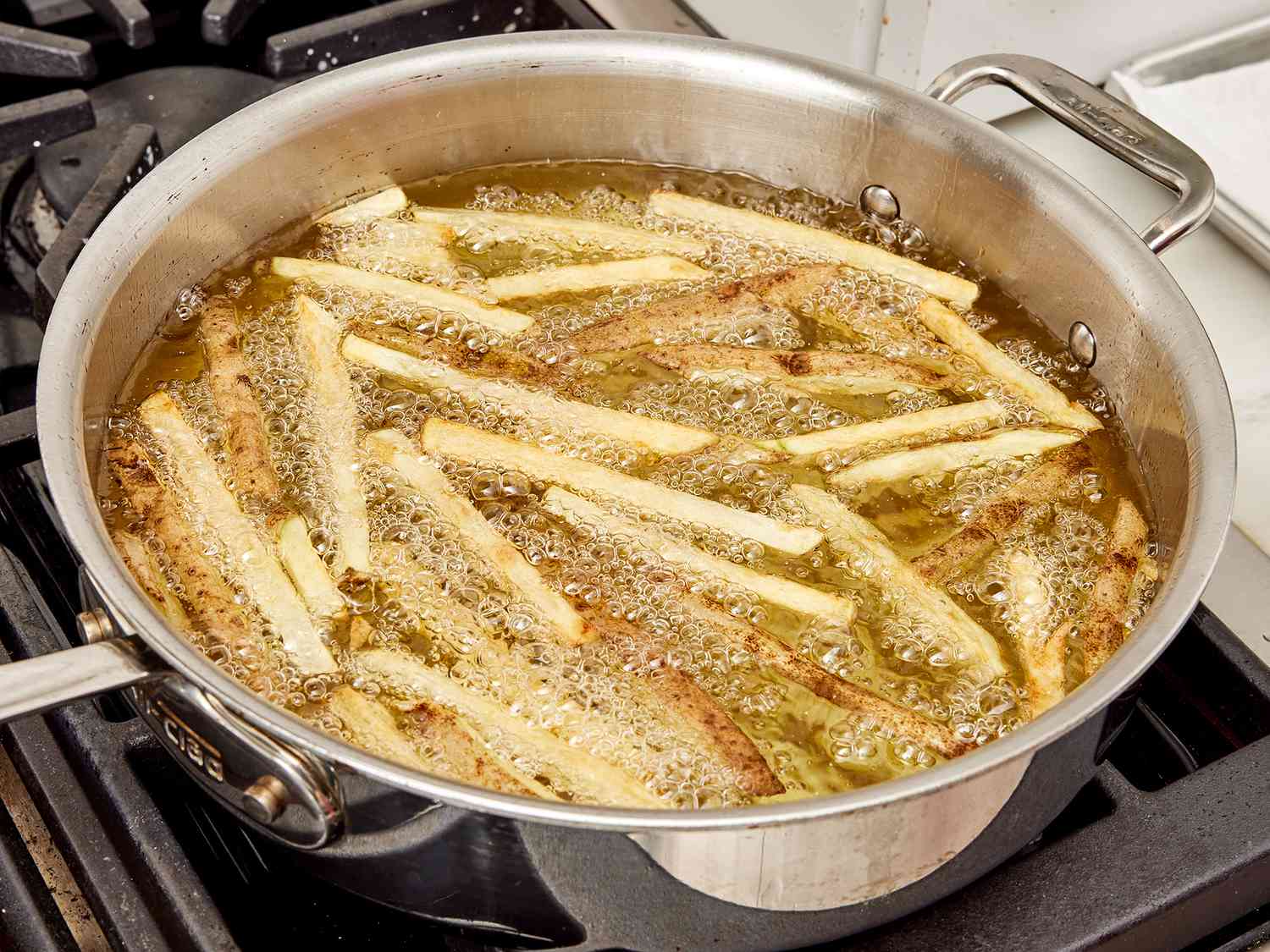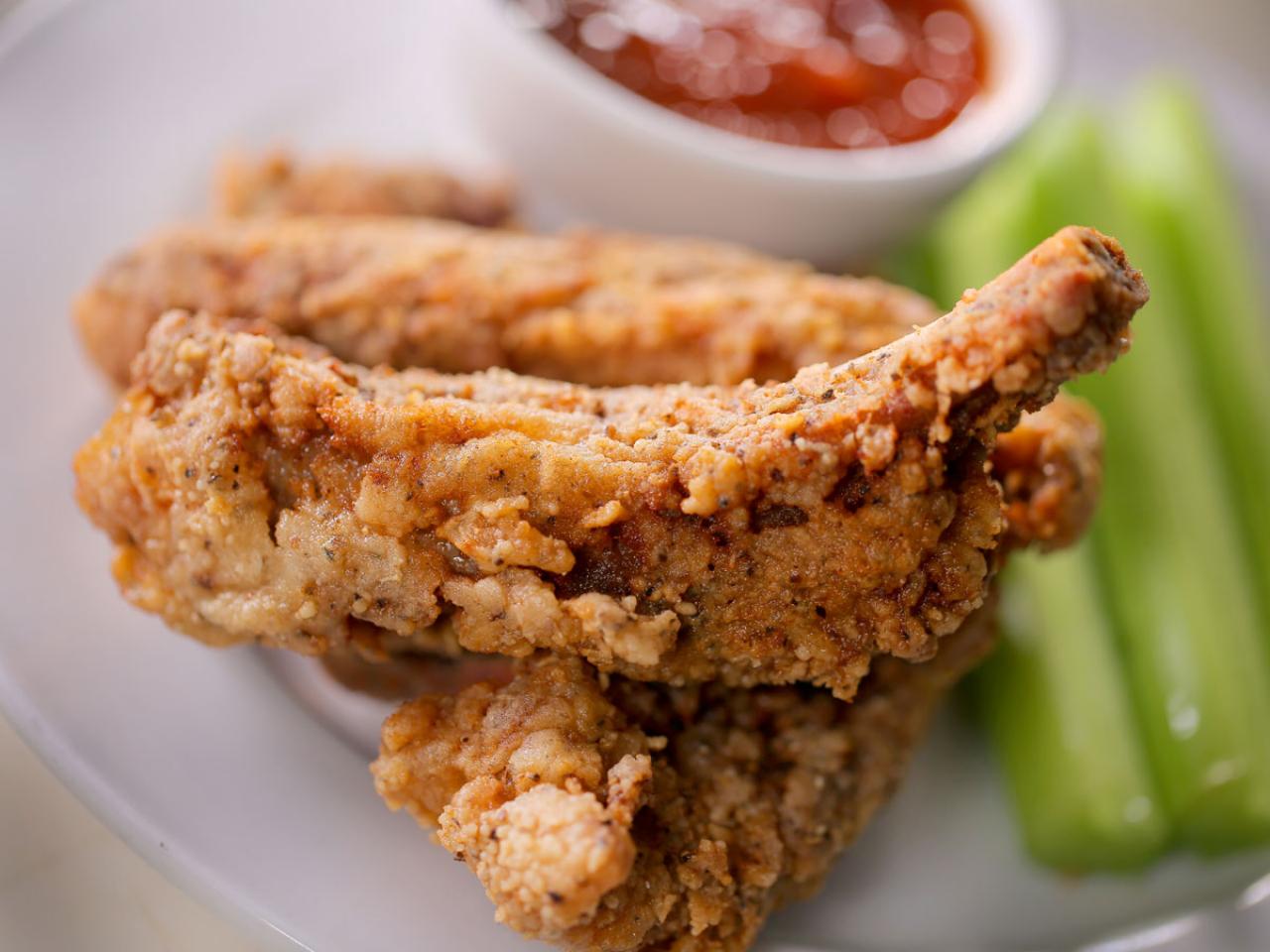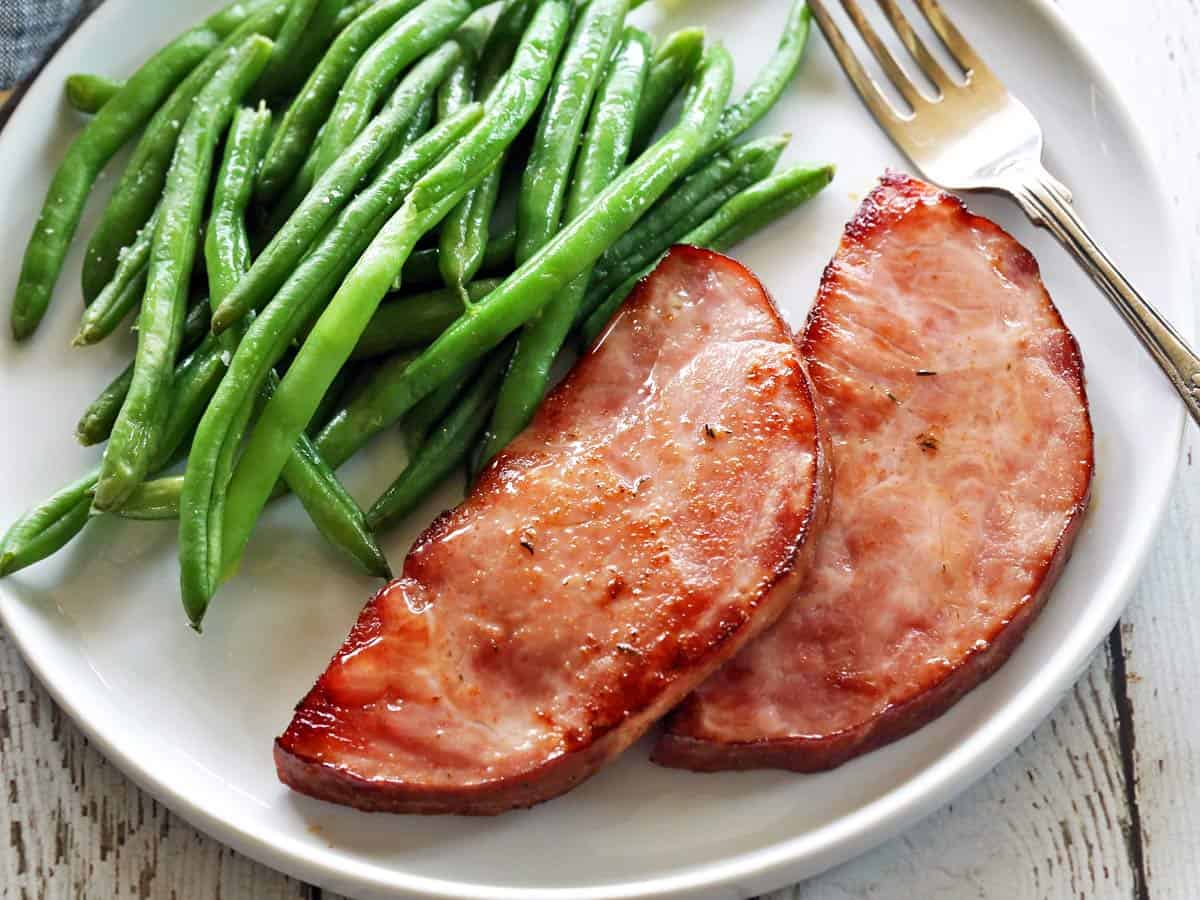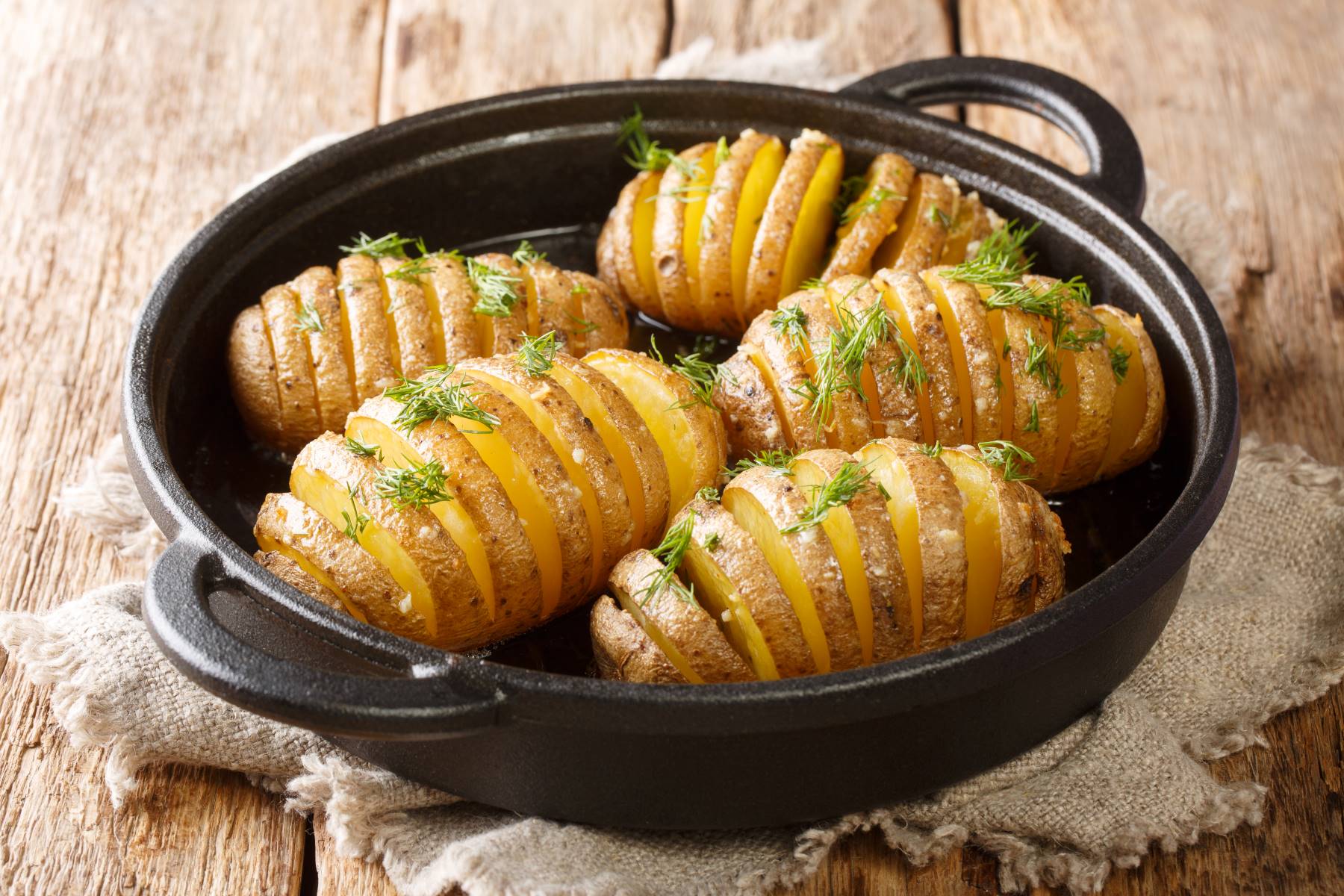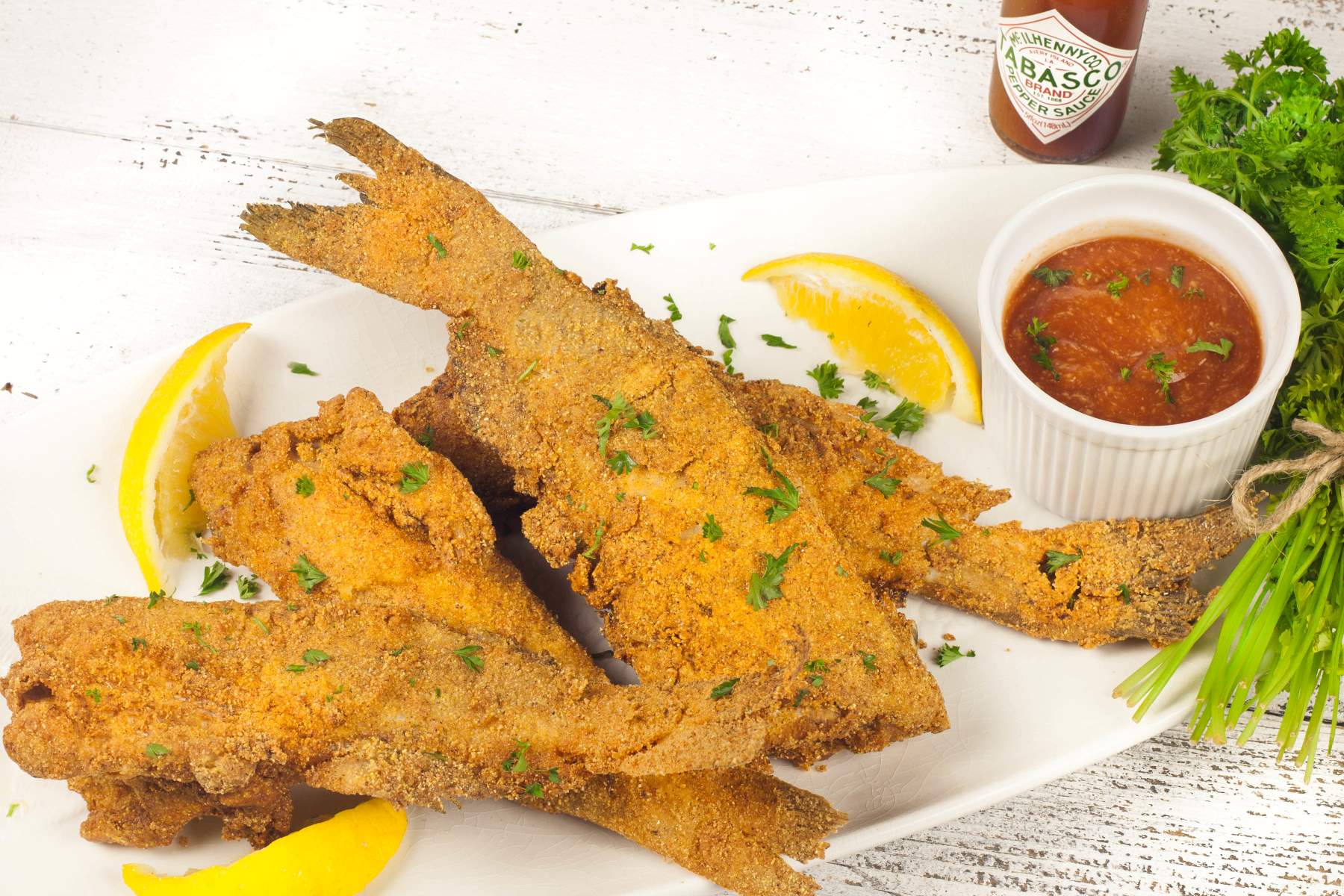Deep Frying Without a Thermometer: A Guide to Perfectly Cooked Food
Deep frying is a popular cooking method that can result in delicious, crispy food. While many recipes call for using a thermometer to ensure the oil reaches the right temperature, it’s possible to achieve great results without one. Whether you’re making homemade French fries, crispy chicken tenders, or donuts, here’s how to deep fry without a thermometer.
Choose the Right Oil
When deep frying without a thermometer, it’s important to choose the right oil. Use oils with a high smoke point such as canola, vegetable, or peanut oil. These oils can withstand high temperatures without burning, which is essential for deep frying. Avoid using olive oil or butter, as they have lower smoke points and are not suitable for deep frying.
Use the Right Equipment
Having the right equipment is crucial when deep frying without a thermometer. Use a deep, heavy-bottomed pot to ensure even heating and to prevent splattering. A deep fryer can also be used if you have one. Additionally, having a slotted spoon or spider strainer for removing the food from the hot oil is essential for safety and ease of cooking.
Test the Oil Temperature
One way to test the oil temperature without a thermometer is to use the bread cube method. Simply drop a small piece of bread into the hot oil. If it browns and crisps up in about 60 seconds, the oil is likely around 350°F, which is the ideal temperature for deep frying. If the bread browns too quickly, the oil is too hot, and if it takes too long to brown, the oil is not hot enough.
Watch for Visual Cues
When deep frying without a thermometer, it’s important to pay attention to visual cues. Look for the oil to shimmer and ripple. This indicates that the oil is hot enough to begin frying. Additionally, as you add the food to the oil, you should see bubbles forming around the edges of the food and rising to the surface. These visual cues can help you gauge the temperature of the oil and ensure that your food cooks properly.
Adjust the Heat as Needed
Throughout the deep frying process, it’s important to adjust the heat as needed. If the oil is smoking or if the food is browning too quickly, lower the heat. On the other hand, if the food is taking too long to brown, increase the heat slightly. By making these adjustments, you can maintain the ideal temperature for deep frying without a thermometer.
Use a Timer
While deep frying without a thermometer requires some intuition, using a timer can also be helpful. Keep track of the cooking time for each batch of food to ensure that it cooks for the appropriate amount of time. This can help prevent the food from becoming overcooked or undercooked, even without the use of a thermometer.
Let the Oil Come Back to Temperature
After each batch of food is cooked, it’s important to allow the oil to come back to temperature before adding the next batch. This ensures that the food cooks evenly and crisps up properly. If the oil is not hot enough, the food may become greasy and soggy, so be patient and allow the oil to heat back up before continuing.
Conclusion
While using a thermometer can provide precise temperature control when deep frying, it is possible to achieve great results without one. By choosing the right oil, using the right equipment, testing the oil temperature, watching for visual cues, adjusting the heat as needed, using a timer, and allowing the oil to come back to temperature between batches, you can deep fry without a thermometer and still enjoy perfectly cooked, crispy food.
For those venturing into the art of deep frying without a thermometer, there are several recipes that make excellent practice. They should definitely try making Classic Fried Chicken, a staple that ensures you understand how to get that perfect golden crust. Next, Homemade French Fries are a fantastic way to gauge oil temperature by watching how quickly the potatoes brown. Tempura Vegetables offer a lighter, crispier alternative that challenges your timing and batter consistency. Finally, Churros are a sweet treat that requires careful attention to oil temperature to achieve that ideal crunchy exterior without burning. Each of these recipes will enhance your skills and give you confidence in your deep-frying abilities.
